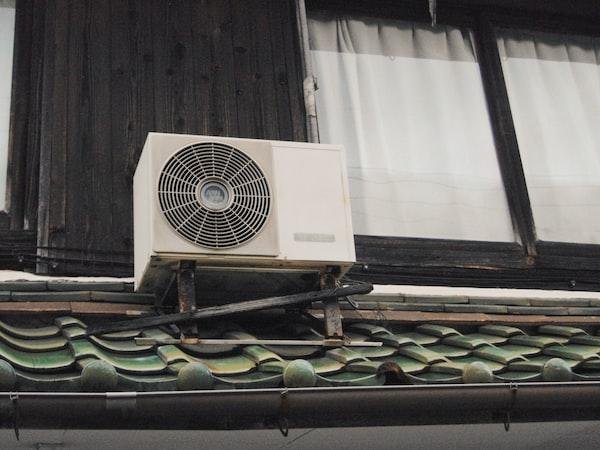Table of Contents
When it comes to HVAC systems, there are many different types and styles available, each with its own advantages and drawbacks. One popular type of HVAC system is the zoned HVAC system, which allows homeowners to customize the temperature in each room or area of their home, so the temperature in each zone will suit their individual needs. However, with a lot of systems and brands to choose from, it can be difficult to know which is the best one for your property. Fortunately, there are plenty of resources that can help you. If you’re in need of advice, keep reading to find out how to choose the right zoned heating and cooling system for your home.
How can you choose the right zoned HVAC system for your home?
When shopping around for a zoned heating and cooling system, you should start by determining how much square footage of space needs to be heated or cooled by the system. Additionally, determining which type of zoning system best suits your needs is also essential. A traditional ducted zoning system uses dampers in ducts throughout a home to control airflow and temperature levels in different zones while a more modern option like an individually-zoned mini split heating and cooling systems provide independent climate control through individualized wall units.
You should always consider energy efficiency ratings as well as installation costs for each potential purchase before settling on one particular model. Look for ENERGY STAR-certified products with high Seasonal Energy Efficiency Ratings (SEER). This rating measures how much energy is used per hour when running at particular temperatures compared with other models on the market so you can select one that best fits your budget and usage requirements. Don’t forget to ask about any rebate programs available from local utilities that could reduce overall costs.
Remember that no matter what type of system you buy, you’ll need to maintain it properly if you want it to remain in good working order. This includes having the HVAC unit itself inspected annually and changing the filters at least once every 90 days, though many homeowners change their filters on a monthly basis to ensure peak performance.
What else can you do to maintain a comfortable indoor environment?
Now that you know more about choosing the right heating and cooling system, let’s talk about other ways you can ensure your indoor environment is always comfortable. For example, upgrading to a smart thermostat will make your entire HVAC system more effective and efficient. This is because a smart thermostat can learn from your habits and preferences, then adjust the temperature automatically. You can optimize the system to be as eco-friendly as possible, which will reduce energy usage and save you money on your utility bills.
If you want the air that is cooled by your HVAC system to remain in your home, then you will need to address air leaks. Cracks and crevices in your windows and doors can let in outdoor air, moisture, pests, and pollutants, which can have a meaningful impact on your safety and comfort at home. Any time you notice flaws or imperfections, you should seal them as soon as possible with caulk or weatherstripping. When the damage is severe, then the best thing to do is talk to a contractor about professional repair or replacement.
Overall, choosing the right zoned heating and cooling system for your home is critical in order to maximize comfort and efficiency. It is crucial to take into account the size of the space, the system’s energy efficiency rating, and your budget when selecting the best system for your home. By doing so, you can ensure that you are getting the best possible heating and cooling solution for your needs. You can ensure your system is able to maintain your preferred indoor temperature by taking additional steps, like upgrading to a smart thermostat and sealing air leaks. Follow this advice, and you’ll have a temperate indoor climate all year round.

